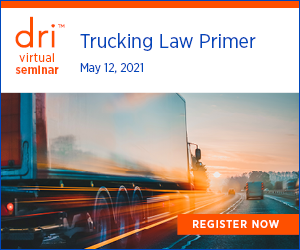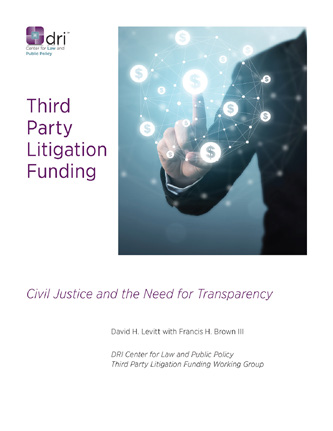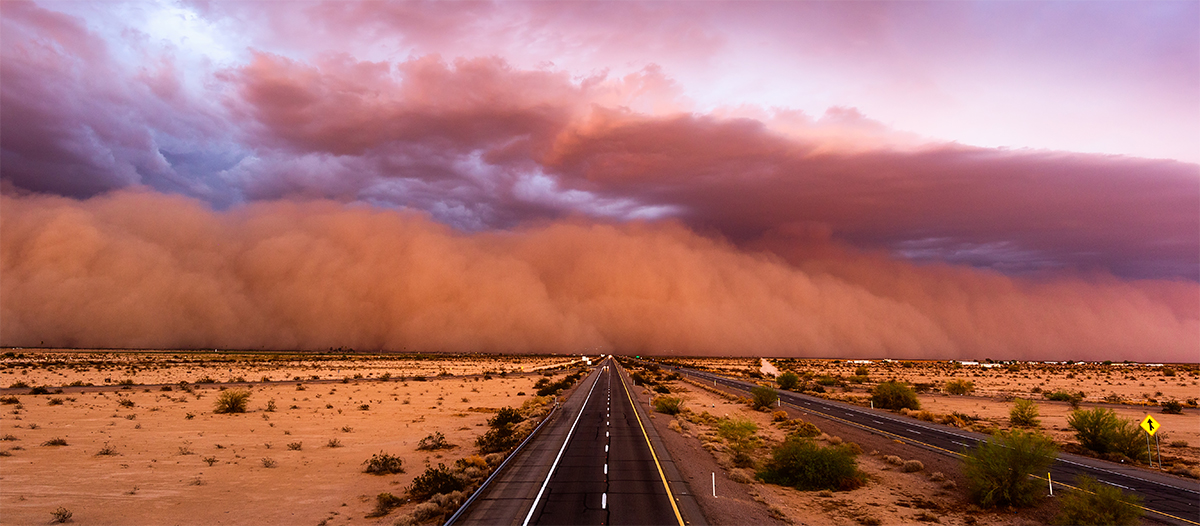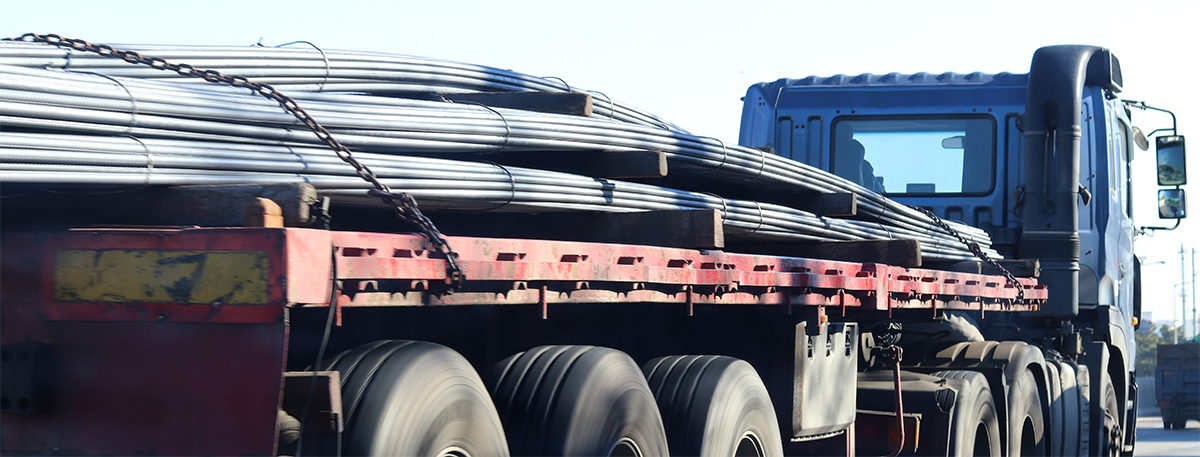A Moment of History
Today, no well-informed and responsible business executive would consider opening the doors of a company until securing various kinds of liability coverage. However, 150 years ago the idea of liability insurance was revolutionary. The first policies of this kind were for employers liability (sometimes called accident insurance) which was a growing area of concern in light of legislation in Germany and England and early parallels in the United States. Gradually, as tort law expanded and new types of exposures were revealed, insurers developed new coverage forms directed at specific exposures - hospital liability, elevator liability, theater liability, druggists liability and so on. As automobiles became more common, auto liability policies increased in popularity. Gradually by about 1940, the modern commercial GL coverage emerged, covering a broad array of liabilities. However, these policies, just as they do today, specifically exclude various liabilities or perils for which specific policies or endorsements are available (e.g., professional liability, pollution liability, and auto claims).
A typical auto liability policy requires payment for:
all sums an ‘insured’ legally must pay because of ‘bodily injury’ or ‘property damage’ to which this insurance applies, caused by an ‘accident’ and resulting from the ownership, maintenance or use of a covered auto.
(ISO business auto form). In a future column, we will examine this provision in detail. For purposes of this article, the focus is on the requirement that the loss arise out of the use (broadly speaking) of a covered auto. Recall that the law places the burden of proof on the insured or other party seeking coverage to establish that the loss falls within the coverage grant of a policy.
The Commercial GL form has a much broader coverage grant:
We will pay those sums that the ‘insured’ legally must pay as damages because of ‘bodily injury’ or ‘property damage’ to which this insurance applies.
(ISO CG 00 01 (4/13)). We later learn that auto claims are not covered as a result of the following exclusion:
This insurance does not apply to:……
g. Aircraft, Auto or Watercraft
“Bodily Injury” or “property damage” arising out of the ownership, maintenance, use or entrustment to others of any aircraft, “auto,” or watercraft owned or operated by or rented or loaned to any “insured.” Use includes “loading or unloading.”
Note that because this is an exclusion, the insurer has the burden of proof that the loss is subject to the exclusion. This opens the possibility that the same claim might be deemed to fall within the auto policy’s coverage grant, and not to be excluded by the auto exclusion in the Commercial GL policies. Furthermore, the auto exclusion contained in the Commercial GL policy is not exhaustive. Certain scenarios could trigger coverage when the liability arises out of the use of an auto.
One test of the interrelationship between auto and GL policies arose in the 1990s with the growth of claims against trucking companies (and other defendants) for negligent hiring, negligent supervision, negligent entrustment, and a number of similar allegations. At least some lawyers for plaintiffs added separate counts for this type of claim specifically to trigger GL coverage. Responsible motor carriers have both auto and GL coverages; if the vicarious exposure of the trucker for the negligence of the driver fell within the auto coverage, and negligent supervision, et al., fell within the GL policy, then plaintiffs would have a relatively painless way of doubling their insurance recovery. In fact, a few early cases held that negligent hiring, et al., were covered by GL policies. Quickly though, the case law developed a consensus that these types of claims, to the extent permitted by state law, were auto claims and not covered by GL policies. Of course, there are cases in which there are legitimately two causes of action—one covered by an auto policy and one by a GL policy. In such a case both are potentially applicable—see the important decision by the California Supreme Court in State Farm Mut. Auto. Ins. Co. v. Partridge, 10 Cal. 3d 94 (1973). If the same insurer issued both policies, one would need to check whether either policy contains a provision limiting coverage to the higher of the two limits in any one accident.
In some cases, the issue is whether a particular loss will be covered by defendant X’s auto policy or defendant Y’s GL policy. In Wakefern Ford Corps. v. General Accident Group, 188 N.J. Super 77 (App. Div. 1983), Harold Ruby, a truck driver for CitrusBowl, a distributor, delivered a load of orange juice to Wakefern’s facility. After backing in, and shutting his engine, Ruby was required to hook up his refrigerated trailer to a wall socket with a cable provided by Wakefern; that way the juice would not spoil as he waited for the juice to be unloaded.
Ruby was in the process of finalizing the electrical hookup when he slipped on some debris that Wakefern had allowed to accumulate on the floor of its facility. Ruby sued Wakefern for bodily injury; Wakefern in turn, sought coverage under the auto policy issued to Citrus by General Accident on the theory that it qualified as an additional insured since it was engaged in unloading a covered truck. (It was not clear that Wakefern employees were doing anything with the truck prior to Ruby’s injury).
The trial court ruled in favor of Wakefern:
All right, I understand [General Accident’s] argument but I do find that your company is looking at their policy too technically. Policy is designed to cover someone who’s loading or unloading and it’s all part of the same loading or unloading process that this man was hurt. I can see that if he got back in his truck, shut his motor off, went down to the end of the pier, smoked a cigarette, fell into the river, that’s one thing. But here he was doing what he was supposed to do; that’s when he was hurt, that’s covered. Submit an order.
Notice that the court focused on what Ruby was doing which was quite irrelevant to the issue before him—was Wakefern using the truck so as to qualify as a permissive user.
The appellate court held that not every loss that occurs during the process of loading or unloading is covered by the motor carrier’s auto policy. Unlike the trial court, the appellate court also understood that the relevant inquiry was whether Wakefern’s employees were unloading, not the actions of the injured party.
The court observed that pragmatically, the dispute was between Wakefern’s GL insurer which covered the premises and Citrus’s auto liability insurer—one or the other would cover the loss. The auto insurer covered losses arising out of the use (including loading and unloading) of the auto. The GL insurer would cover injury to an inviter (such as Ruby) that was caused by negligent maintenance of the premises. Here, while the loss took place during the period in which the unloading occurred, the loss was related to Wakefern’s failure to maintain the premises. The court concluded that there was no public interest in shifting the responsibility to the auto insurer; instead, judgment was entered in favor of General Accident which, practically, meant that the GL insurer would bear the loss.
Of course, the same type of issue arises often enough with respect to a GL, and an auto policy issued to the same insured—not that this makes deciding the cases any easier. A generation after Wakefern, a similar case worked its way through the layers of the New Jersey court system. The New Jersey Supreme Court ultimately ruled in favor of the auto insurer citing primarily to the Wakefern decision. Penn National Ins. Co. v. Costa, 198 N.J. 229 (2009). The GL coverage in Penn National was a homeowner’s policy. The auto coverage was a personal lines policy, but the principle was the same. The homeowner ran a truck repair shop adjacent to his home and plaintiff was employed as a mechanic. One day, as the employee was heading out on his lunch break, he saw his boss fixing a flat tire on a pickup truck in the driveway of his home. The employee offered him help, which was declined. As the employee began to walk away, he slipped on some ice in the driveway and hit his head on the bumper jack that the owner was using sustaining serious injuries. The trial court ruled that the loss fell under the homeowner’s policy, not the auto policy. Ultimately, the Supreme Court agreed. However, in the interim, the appellate court held that the loss was directly connected to the work being done on the pickup and found that the auto policy applied. In reversing that ruling the Supreme Court held that in order to trigger auto coverage there must be a substantial nexus between the injury suffered and some negligent use of the covered auto. Some courts formulate the rule as follows—in order for the loss to fall within the auto policy it must arise from the use of the auto as an auto. This language has been adopted into certain auto coverages. Here there was no such linkage; the alleged negligence was a failure to clean the driveway of ice and snow which was not auto-related.
Does any of this help resolve the question of coverage for the ambulance service for a claim for the wrongful death of Roger, the man who froze to death outside his own home? The question is complex and turns on several factors including the meaning of “completed operations” in the context of unloading a vehicle. By removing Roger from the transport vehicle and placing him on the porch of his own home, had the driver severed the connection between the vehicle and the tragedy that followed? Or had the unloading operation never reached its end because Roger never made it into the house? We do not know how the claim—if there was a claim—was resolved. The case demonstrates, in any event, that the line between auto coverage and GL coverage, clear enough in certain contexts, can be very murky indeed.
Laurence J. (Larry) Rabinovich has focused on transportation coverage and regulatory issues since he joined the Schindel Farman trucking law boutique in 1986. After that firm closed, Larry brought his practice to Barclay Damon where he became the leader of the firm’s transportation team. His clients include many of the leading transportation insurers. He works with underwriters on risk assessme nt and policy forms, and with claims managers and adjusters. Among the services Larry and his insurance coverage colleagues provide are opinion letters, reservation of rights letters and declinations, declaratory judgment actions and appeals. He is also a frequent lecturer and CE provider offering classes in handling truck claims, commercial UM/UIM, the MCS-90, non-trucking risks, UIIA/UIIE and other topics. Larry also works directly with motor carriers on their contracts with brokers and shippers and compliance issues.
nt and policy forms, and with claims managers and adjusters. Among the services Larry and his insurance coverage colleagues provide are opinion letters, reservation of rights letters and declinations, declaratory judgment actions and appeals. He is also a frequent lecturer and CE provider offering classes in handling truck claims, commercial UM/UIM, the MCS-90, non-trucking risks, UIIA/UIIE and other topics. Larry also works directly with motor carriers on their contracts with brokers and shippers and compliance issues.
(This is the second installment in an occasional series. The first installment appeared in In Transit | Volume 23, Issue 3 at 5.)
 Stephen G. (Steve) Pesarchick has been a partner with the Sugarman Law Firm LLP, in Syracuse, New York, since 1994. His practice focuses on catastrophic personal injury and property damage cases. His civil litigation experience includes motor carrier accidents, farming accidents/issues, transportation accidents, fire claims, construction accidents, product liability cases, and automobile accidents. He has successfully handled countless cases in New York state and federal courts. As an active DRI member, he chaired the 2017 DRI conference titled "Outsmarting the Trucking Reptile at Trial;" from 2011 to 2016 he was the editor of In Transit, the newsletter of DRI's Trucking Law Committee; and he is a frequent speaker at many national trucking and fire loss seminars. Steve is the Trucking Law Committee Chair.
Stephen G. (Steve) Pesarchick has been a partner with the Sugarman Law Firm LLP, in Syracuse, New York, since 1994. His practice focuses on catastrophic personal injury and property damage cases. His civil litigation experience includes motor carrier accidents, farming accidents/issues, transportation accidents, fire claims, construction accidents, product liability cases, and automobile accidents. He has successfully handled countless cases in New York state and federal courts. As an active DRI member, he chaired the 2017 DRI conference titled "Outsmarting the Trucking Reptile at Trial;" from 2011 to 2016 he was the editor of In Transit, the newsletter of DRI's Trucking Law Committee; and he is a frequent speaker at many national trucking and fire loss seminars. Steve is the Trucking Law Committee Chair.



















